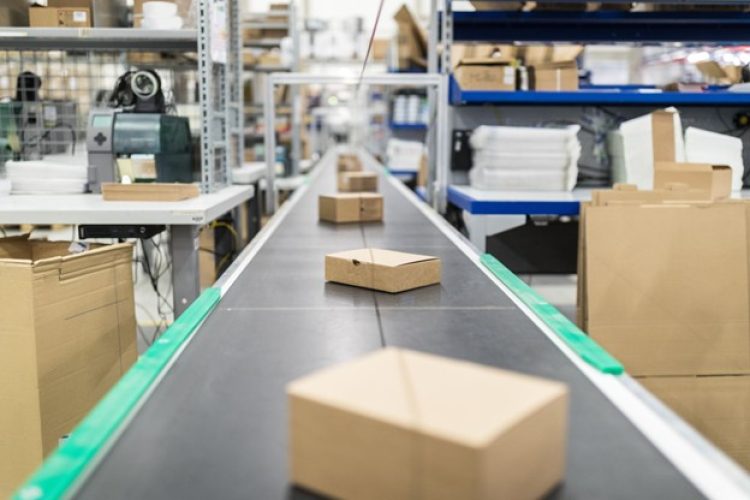Packaging waste has become one of the fastest-growing contributors to landfill use, with businesses and consumers producing millions of tons annually. From manufacturing and shipping to retail and home delivery, packaging plays a vital role in protecting goods, yet much of it is discarded after a single use. Understanding where this waste originates and how it can be reduced is essential for improving sustainability and lowering operational costs.
Primary Sources of Packaging Waste
The largest share of packaging waste comes from single-use materials such as cardboard, plastic wrap, and polystyrene foam. Retail operations and e-commerce shipments often rely on these materials because they are lightweight, protective, and relatively inexpensive. Food and beverage industries also contribute significantly, with disposable bottles, cans, and containers accounting for a major portion of waste streams. Industrial sectors generate additional waste through bulk shipping pallets, shrink wrap, and oversized protective materials used to secure goods during transport.
The Environmental and Financial Impact
Packaging waste affects both the environment and business finances. Plastics, for example, can take centuries to break down, leading to pollution in oceans and soil. Cardboard, while more biodegradable, still requires significant energy and resources to produce. For companies, excess packaging increases costs through higher material purchases and larger waste disposal fees. Over time, these costs add up, creating a financial incentive to streamline packaging processes.
Common Packaging Materials and Their Lifecycles
Cardboard and paper products are among the most recycled materials, yet contamination from food or moisture can limit their recyclability. Plastics vary in recyclability depending on their resin type, with some types lacking processing facilities in certain regions. Glass and aluminum are highly recyclable, but transportation costs can be high due to their weight. Understanding the lifecycle of each material helps businesses make informed choices about what to use and how to dispose of it responsibly.
Strategies for Reducing Packaging Waste
One effective approach is right-sizing packaging to fit products more closely, which reduces material use and lowers shipping weight. Replacing non-recyclable plastics with compostable or recyclable alternatives can also make a measurable difference. Implementing reusable packaging systems for repeat shipments, such as sturdy containers or crates, cuts waste while building a more sustainable supply chain. Companies that regularly buy boxes in bulk can work with suppliers to source recycled-content options, further lowering environmental impact.
The Role of Consumer Awareness
While businesses play a leading role in packaging decisions, consumer behavior also drives waste reduction. Clear labeling on recycling instructions, offering incentives for reusable packaging returns, and promoting minimal packaging purchases all help reduce waste at the household level. Educated consumers are more likely to recycle correctly and choose products with sustainable packaging. Community-led initiatives can further encourage lasting changes in daily habits.
Addressing packaging waste requires both industry innovation and consumer cooperation. By making informed material choices, optimizing packaging design, and encouraging recycling participation, businesses can reduce environmental harm while improving efficiency. This shift benefits companies financially, strengthens brand reputation, and contributes to a cleaner, healthier planet. For more information, look over the accompanying infographic below.

